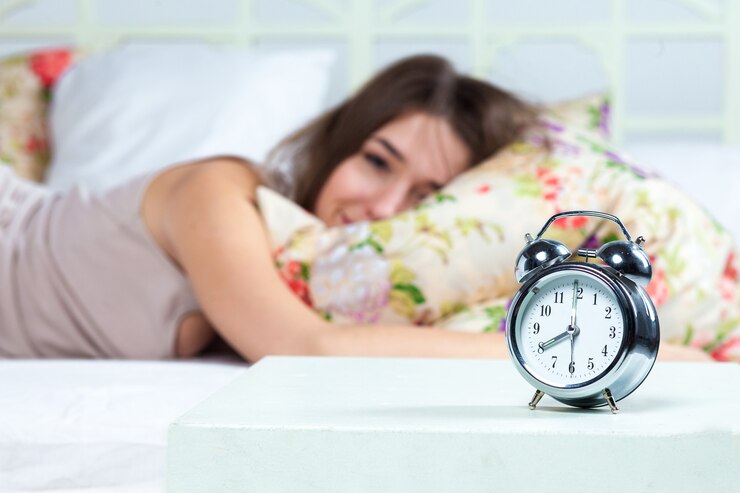Laser Book 247, Apbook, Gbets, Goldenexch99, Gold365: A good night’s sleep is essential for overall health and well-being. During sleep, the body performs crucial functions like body repairing tissues, consolidating memories, along with regulating hormones. Lack of sleep can lead to a variety of health issues, including weakened immune system, cognitive impairment, and mood disturbances.
Inadequate sleep has also been linked to an increased risk of developing chronic conditions like obesity, diabetes, and cardiovascular disease. It is important to prioritize sleep and establish healthy sleep habits to ensure optimal physical and mental functioning. Getting the recommended 7-9 hours of quality sleep each night is key to maintaining a healthy lifestyle.
Identifying Common Sleep Problems
One common sleep problem that many people encounter is insomnia, which can manifest as difficulty falling asleep, staying asleep, or experiencing non-restorative sleep. Insomnia can be attributed to various factors such as stress, disruptions in sleep patterns, or underlying health conditions. Persistent insomnia can lead to daytime fatigue, irritability, and difficulty concentrating.
Another prevalent sleep issue is sleep apnea, a condition where breathing repeatedly stops and starts during sleep. This disruption in breathing can result in poor sleep quality and increased risks of other health problems. Symptoms of sleep apnea include loud snoring, morning headaches, and excessive daytime drowsiness. If left untreated, sleep apnea can have serious consequences on one’s overall health and well-being.
The Role of Technology in Sleep Improvement
Technology has become a crucial tool in helping individuals enhance their sleep quality. Various devices and apps have been designed to monitor and analyze sleep patterns, providing valuable insights into factors that may be affecting sleep. From smart mattresses that adjust firmness based on sleep position to wearable devices that track sleep stages, technology offers a range of solutions to improve sleep.
Moreover, the development of blue light filters and night mode settings in electronic devices has helped combat the negative impact of screen time on sleep. By reducing exposure to blue light, which can disrupt the body’s production of melatonin, these technological advancements assist in promoting better sleep hygiene. Integrating technology into bedtime routines can contribute to creating a more conducive sleep environment and optimizing overall sleep quality.
How does technology play a role in improving sleep quality?
Technology can help improve sleep quality by providing tools and devices that track sleep patterns, create a bedtime routine, reduce screen time before bed, and promote relaxation.
What are some common sleep problems that technology can help address?
Common sleep problems that technology can help address include insomnia, sleep apnea, restless leg syndrome, and snoring.
Can technology actually disrupt sleep?
Yes, technology can disrupt sleep if used improperly, such as using devices with blue light before bed, checking emails or social media late at night, or using stimulating apps or games.
How can technology be used to create a better sleep environment?
Technology can be used to create a better sleep environment by using white noise machines, smart lights that adjust brightness and color temperature, and smart thermostats to regulate room temperature.
Are there any apps or devices specifically designed to improve sleep?
Yes, there are many apps and devices specifically designed to improve sleep, such as sleep tracking apps, smart mattresses that adjust to your body position, and wearable devices that monitor sleep quality.
What are some tips for using technology to improve sleep without becoming dependent on it?
Some tips for using technology to improve sleep without becoming dependent on it include setting boundaries for screen time before bed, using technology as a tool rather than a crutch, and incorporating other healthy sleep habits.
Additional:
- What Is An Electric Car?
- 3 Best Electric Scooters To Save Money
- Top 3 Electric Car Charging Companies In The US

